Sometimes, moving a building (like a lighthouse) is about preserving historic architecture or cultural heritage. But for one significant structure in Guadalajara, Mexico, the stakes were considerably higher.
Back in 1950, city officials decided to widen a major avenue and a lot of buildings were just demolished to make way. But weighing in at around 1700 tons, the Mexican Telephone and Telegraph Company was critical to the area’s communications infrastructure — knocking it down would have disrupted local telephone service for at least a week.
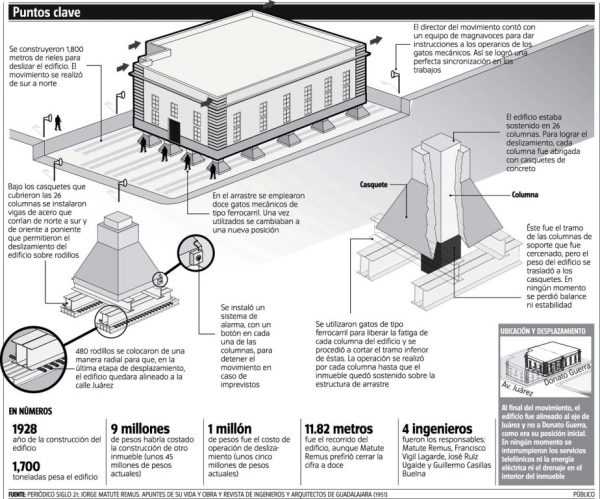
Jorge Matute Remus, dean of the city’s university and a civil engineer, came forward with a solution. He suggested the entire building be lifted and moved, all while leaving the communications lines wired up and keeping the operators at work inside of the structure.
Naturally, some of the workers were nervous about this idea. Matute Remus was sympathetic to their concerns, and wanted to reassure these operators and make them feel safe. So his wife Esmeralda agreed to also go into the building while it was being moved. She even took along their seven-year-old son, Juan Jorge.
As she recalls in the video above, they couldn’t even feel the motion of the building as it was slowly shifted about 40 feet to its new location. The whole move was done in just five days, with no interruption to phone service, and deemed a big success for the city. It was all accomplished on a budget of around $100,000, a fraction of what it would have cost to demolish the structure and build a replacement.
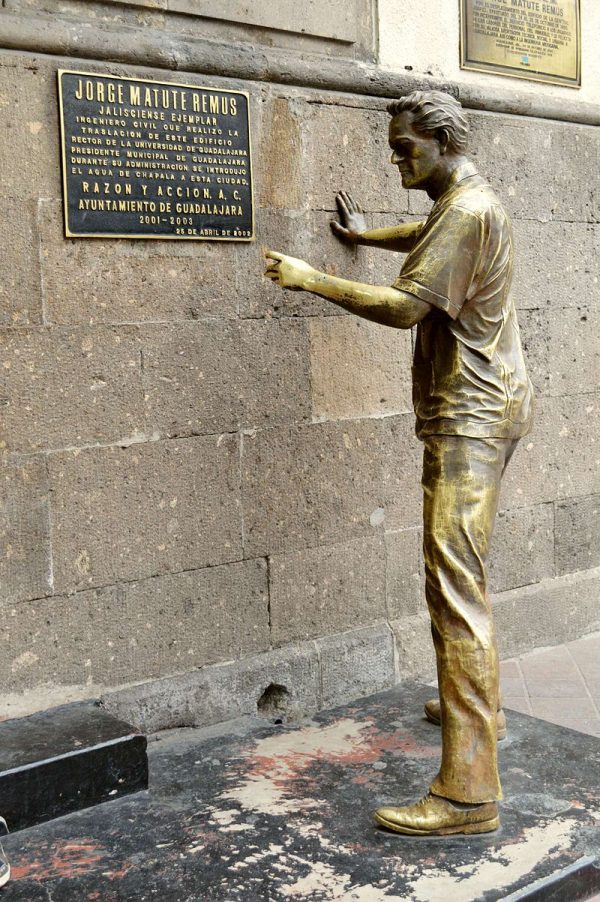
Today, nearly 70 years later, the building is still standing, and a sculpture of Matute Remus stands outside one entrance — this life-sized figure of him appears to be pushing the building. Next to it, a plaque on the facade recalls his civil service and engineering genius.
Special thanks to Tamara Solorzano who wrote in from Guadalajara to share this story of a hometown hero’s clever building move.
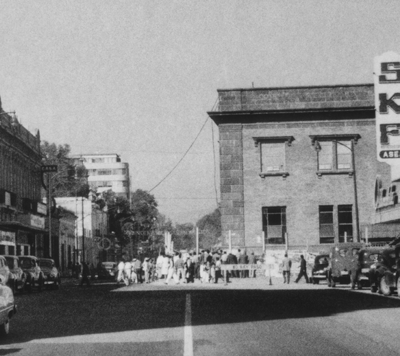
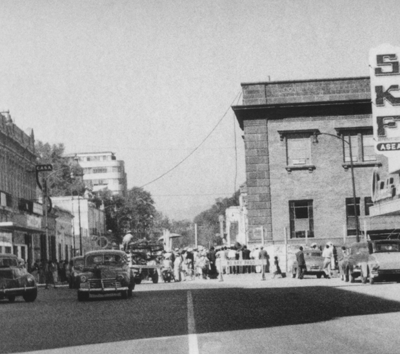
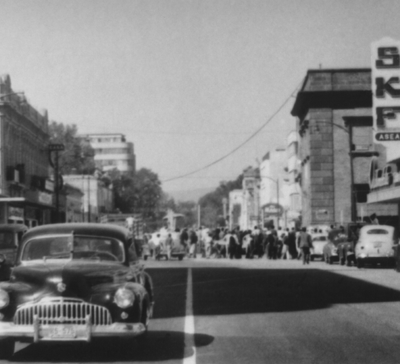
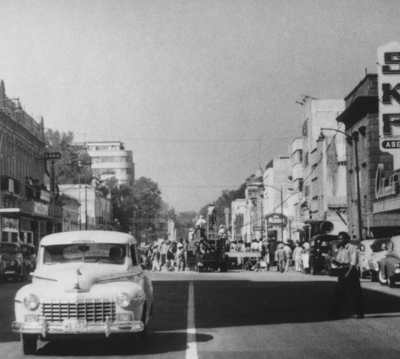
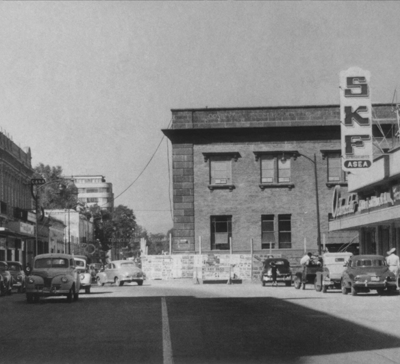
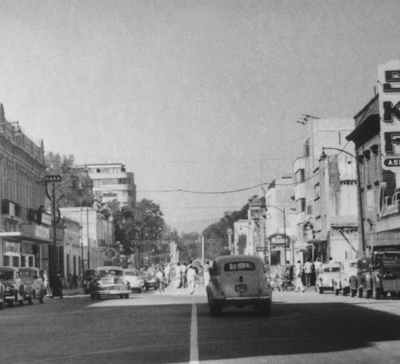



Comments (9)
Share
The Belle Tout lighthouse on top of the spectacular Beachy Head cliffs in England as moved 3 months before, so while your move was heavier and longer, it wasn’t unprecedented.
There is an apartment building called the Greystone Court in my neighborhood in Columbus Ohio built just after the turn of the last century. It is U-shaped and the ends are along a major street. When the High Street was widened in 1922 the first apartment on each floor was removed and the facade was reattached. It happened so long ago I don’t think anyone really knows about it.
When resettlement happened in Newfoundland, the communities moved houses from one town to another using sleds and boats. The pictures of it are spectacular.
In northern Sweden there is a town (Kiruna) beeing moved 3 km so that it doesn’t fall down a mine..
A similar move took place in the 1920s in Chicago. As Ashland Avenue was being widened, a Catholic Church which stood in the way was not only widened, but split in half so that an addition to the sanctuary could be added the the center.
http://www.uptownupdate.com/2012/01/50-men-two-tractors-and-several-teams.html?m=1
The swedish city Kiruna is being moved so it doesn’t fall into the mine that’s underneath.
Read more here: https://www.theguardian.com/artanddesign/architecture-design-blog/2014/oct/22/kiruna-sweden-town-moved-east-iron-ore-mine
Wow! I wonder how on earth Matute Remus managed to move that telephone exchange while maintaining service?! I’ve worked on structured cabling for buildings for many years and that seems like an absolute nightmare. I would love to know more about how this was accomplished.
If you’ve been to Wellington, New Zealand, you’ve probably visited our stunning national museum, Te Papa. A block or so away is the Museum Hotel, which until the 90’s sat on the site of Te Papa – until it was moved on train tracks – an insanely ambitious and crazy idea that actually worked. For a time it was coined “Hotel de Wheels”. https://www.stuff.co.nz/dominion-post/capital-life/74342852/museum-hotel-rides-the-rails–150-years-of-news
1983 – Romania, Bucharest
a 7500-tons block of flats being moved on rails, even with people inside
https://www.youtube.com/watch?v=7SEvUmXm-J8
(although it’s a propaganda movie, the technical achievement still stands)